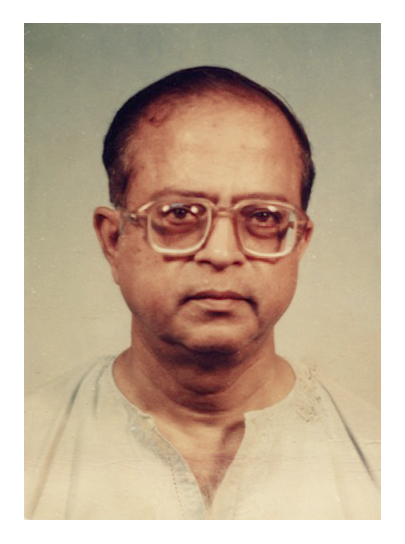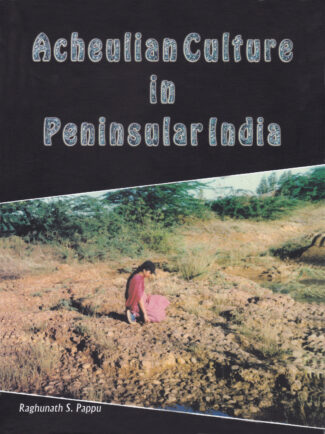

Science in Archaeolo...
Science in Archaeology and Archaeo-Materials
by: Arun Kumar BiswasThis book seeks to level a new focus on archaeology and underscores the importance of using scientific knowledge and methods in its pursuit. It can be broadly segmented as the section on Science in Archaeological Studies and Science in Archaeo-material Studies.
Original price was: ₹1,800.00.₹1,620.00Current price is: ₹1,620.00.
ISBN: 9788124603116
Year Of Publication: 2005
Edition: 1st
Pages : viii, 374
Bibliographic Details : 27 Coloured photographs; Figures; Index
Language : English
Binding : Hardcover
Publisher: D.K. Printworld Pvt. Ltd.
Size: 29 cm.
Weight: 1500
Archaeology seeks to reconstruct the past by critically analysing various archaeo-remains such as artefacts, monuments, fossils etc. While much of what archaeology teaches, such as the postulates regarding the origin of the universe, social organisation in pre-historic times, the division of time periods etc., rightfully belong to the domain of conjecture, the ever-increasing use of tools derived from the various sciences in particular the material and digital sciences is rapidly justifying the description of archaeology as the most basic of sciences. This book, in which twenty-six authors have collaborated to present fifteen articles, seeks to level a new focus on archaeology and underscore the importance of using scientific knowledge and methods in its pursuit. This book can be broadly segmented as the section on Science in Archaeological Studies and Science in Archaeo- material Studies. To that end, the very first leading article in this monograph reviews the two cultures inherent in archaeology and strongly endorses the scientific aspect. The recent contributions of modern science towards archaeological research have been reviewed in this article and strongly recommended to the young learners and researchers for emulation. Thereafter, methods as diverse as radio-carbon dating; remote sensing in archaeological surveys aided by micro-electronics; genetic perspective of the Indian population; analysis of archaeological residues and slag, Indian pottery and archaeo-metals; use of non-destructive testing methodo-logies etc., are discussed in detail. These articles will serve as pointers for future generations of archaeologists in their quest for more exhaustive and verifiable knowledge.
Introduction
Part I
Science in Archaeological Studies
I. Science in Archaeology
— Arun Kumar Biswas
II. Prehistoric Sequence Datings: A Review
— D.K. Bhattacharyya
III. Radiocarbon Dating by Accelerator Mass Spectrometry in Archaeology
— D.P. Chowdhury
IV. Spatio-thematic Information: Role of Remote-Sensing — An Aid to Archaeological Survey
— Parthasarathi Chakravarti
— Sanjay Nag
V. Microelectronics in Archaeological Remote Sensing
— Swapan Sen
VI. Genetic Perspective of Origin and Evolution of Indian Population
— Susanta Roychoudhury
— sangita Roy
Part II
Science in Archaeo-Material Studies
VII. Remains, Residues and Slags in Indian Archaeology
— Arun Kumar Biswas
VIII. Beyond Waves and shapes: gaining A Petrographic Perspective
— K. Krishnan
— K. Kajal Shah
IX. Pottery technology and Provenance Studies Chandraketugarh
— Anjan Das
— Sheena Panja
— Tapas Kumar Mukhopadhyay
— Sachchiodandanda Chakravarti
X. Metallurgy for Archaeology
— P. Ramachandra Rao
— R.K. Mandal
XI. Copper and Copper Alloys in Archaeological Perspective
— Prasanta Datta
XII. Emission Spectrography as a Scientific Tool
— M.L. Dutta
XIII. Characterization of Rust on Ancient Indian Iron
— R. Balasubramaniam
— A.V. Ramesh Kumar
— P. Dillmann
XIV. Basic Principles and Modern Techniques in the Studies of Archaeo-Materials in Eastern India
— Pranab Chattopadhyay
XV. Non-destructive Evalution for Characterization of Archaeometallurgy Objects
— Baldev Raj
— B.V.R. Tata
— T. Jayakumar
— U. Kamachi Mudali
List of Contributors
Index












